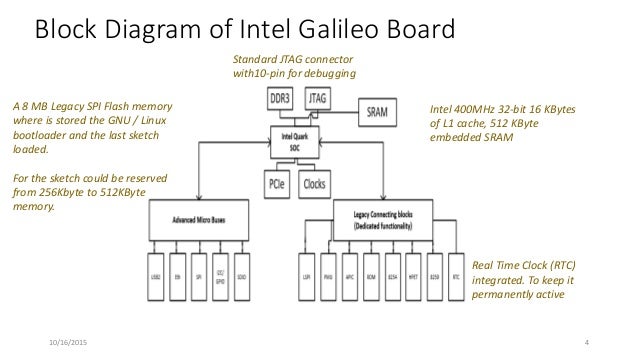Serial Sram 512kbyte
IMPORTANT - READ BEFORE DOWNLOADING, COPYING, INSTALLING, OR USING. DO NOT DOWNLOAD, COPY, INSTALL, OR USE THIS CONTENT UNTIL YOU (THE 'LICENSEE') HAVE CAREFULLY READ THE FOLLOWING TERMS AND CONDITIONS. BY DOWNLOADING, COPYING, INSTALLING, OR USING THE CONTENT, YOU AGREE TO THE TERMS OF THIS AGREEMENT. IF YOU DO NOT WISH TO SO AGREE, DO NOT DOWNLOAD, COPY, INSTALL, OR USE THE CONTENT. If you agree to this Agreement on behalf of a company, you represent and warrant that you have authority to bind such company to this Agreement, and your agreement to these terms will be regarded as the agreement of such company. In that event, 'Licensee' herein refers to such company. This Agreement is a legal contract between Licensee and Semiconductor Components Industries, LLC a Delaware limited liability company (d/b/a ON Semiconductor) having its principal place of business at 5005 E.
Xcode 4 find dsym file. McDowell Road, Phoenix, Arizona 85008, U.S.A., ('ON SEMICONDUCTOR') and its affiliates and subsidiaries ('ON Semiconductor'). Delivery of Content.
Licensee agrees that it has received a copy of the Content, including Software (i.e. Human-readable and editable code ('source code'), executable code ('object code')), data sheets, BOMs, schematics, application notes, design & development tools, evaluation board material (i.e. BOM, Gerber, user manual, schematic, test procedures, etc.), design models, reference designs, reference manuals, and other related material (collectively the 'Content') for the purpose of enabling Licensee to use the Content and then incorporate the functionality of such Content for use only with ON Semiconductor Products. Licensee agrees that the delivery of any Software does not constitute a sale and the Software is only licensed. 2.1 License Grant. A) ON Semiconductor hereby grants to Licensee a fully paid-up, royalty-free, non-exclusive, non-transferable and non-sublicensable license to modify the Software as necessary to enable Licensee’s products ('Licensee Products') utilizing the Software to operate, or interface with only products sold to Licensee by or on behalf of ON Semiconductor ('ON Semiconductor Products').
Microchip Serial Sram
Serial Sram 512Kbyte 512K SPI Low Power Serial SRAM Part Number Vcc Range MHz (max) Density Temp. After the initial byte of data is. ON Semiconductor supplies serial SRAM memory. Select Product Data Sheet Compliance Status Description Type Density Organization (bits).
Today, Arduino distinguishes itself in price, capability, openness, and ease of use – but first things first. Is an open-source computing platform based on a simple board, and a development environment for writing software. The Arduino board hosts an Atmel MicroController chip, the, which has 8-KByte self-programming Flash Program Memory, 1-KByte SRAM, 512 Byte EEPROM, 23 I/O pins, 6 or 8 Channel 10-bit A/D-converter, and 16 MIPS throughput at 16 MHz. The other IC on the board is an FTDI FT232RL, a single chip USB/Asynchronous serial data transfer solution, with 256 Byte receive and 128 Byte transmit buffer. Considering that these two chips alone would cost you about $10, the $32 that charges for the fully assembled, RoHS compliant, and tested Arduino board looks like a real bargin. Moreover, like, the Arduino looks even more attractive, when compared to the $119, which is another embedded computing platform, mainly for hobbyists and education. However, Arduino is actually two things, Arduino is actually two things, a AVR-ATMega8 processor based hardware board and a Processing / Wiring based software programming environment, containing AVR GCC, AVR LIBC, and AVRlib.
Processing is an open source programming language and environment to program images, animation, and sound (initiated by Ben Fry and Casey Reas (UCLA Design Media Arts). Wiring builds on Processing, is a programming environment for exploring the electronic arts, teaching and learning computer programming and prototyping with electronics (initiated by Hernando Barragan, University of Los Andes Bogota, (Colombia) Architecture and Design School).
Still, with Arduino you can also use real GCC C code to implement your algorithms and access all the hardware of the AVR chip, as long as you can make them fit into the 8 KByte onboard Flash Memory, which is actually more like 7,168 byte, considering the boot loader. Small hack increases available memory by 6% Arduino’s standard library still supports some legacy serial code, which can be removed by editing arduino/lib/targets/arduino/wiring.c (Arduino Version 0006): Start commenting out code at line 241, insert /. just before void beginSerial(long baud) This will reduce the size of a deployable program and increase the available memory for custom code by 450 Bytes, which doesn’t sound like much but is equivalent to 6.3%. Adding an HD44780-compatible LCD to an Arduino board is as easy as can be. The has detailed information and there is even a 4-bit mode library, which would save 4 arduino port-pins for other uses.
Serial Sram Spi

What’s next Like mentioned above, the Arduino board hosts an Atmel AVR-ATMega8 MicroController, which has 8-KByte self-programming Flash Program Memory, 1-KByte SRAM, and 512 Byte EEPROM. If 8-KByte programming memory is not enough, there is fortunately a PIN compatible Atmel MicroController, the ATmega168, which has twice the Program Memory. However, even the board has only 1-KByte SRAM, which is the memory used for local variables, the call stack, etc. Let’s see if we can get the ATmega168 to work on the Arduino board. Resources.
Serial Sram Memory
Arduino Homepage:. Arduino US-Distributor:. Tom Igoe’s Physical Computing site:.
Tod E. Kurt’s Arduino Introduction: Arduino Workshop Tutorials, Video Lectures Overview. Serial Ports. Soldering. Programming to the Chip. Additional Information.